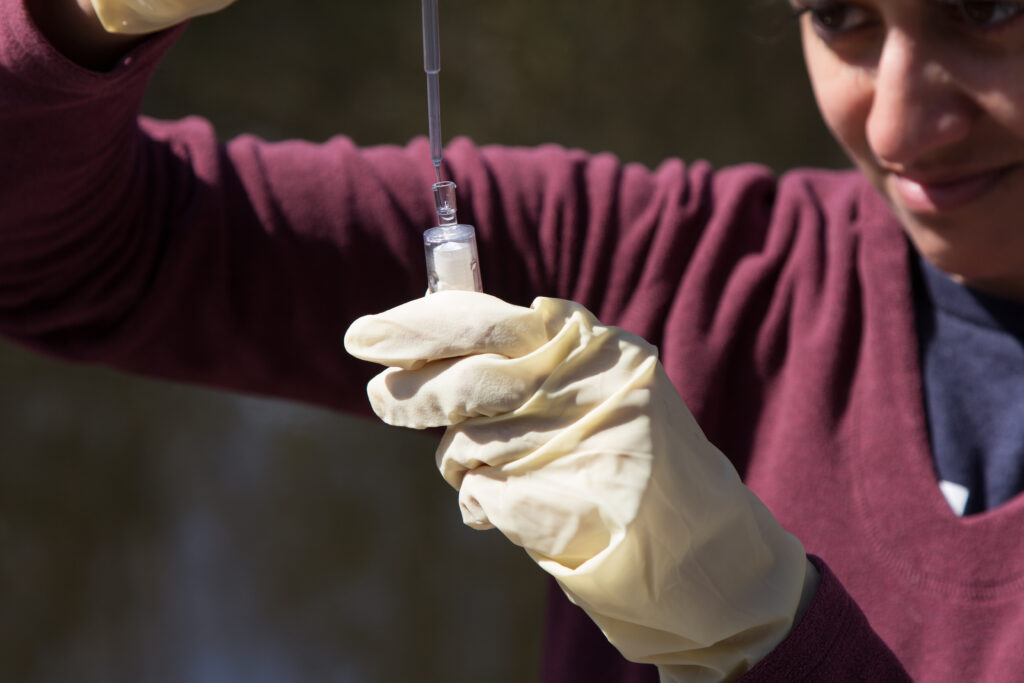The Invasive Species Centre will participate in the 15th Conference of the Parties (COP15) to the United Nations Convention on Biological Diversity taking place December 7th to 19th in Montréal, Quebec.
Alien invasive species are non-native organisms that are introduced to Canada, and whose presence can cause ecological, economic, and/or societal harm. Alien invasive species kill, crowd out and devastate native species and their ecosystems. They compromise outdoor experiences and tourism and can affect human health.
COP15 brings together nearly 20,000 delegates from more than 190 countries and member states to focus on protecting nature and stopping biodiversity loss around the world. Conference participants will set new goals and develop an action plan for nature over the next decade. Alien invasive species are included in this new global convention because they are widely recognized as a leading threat to nature and global biodiversity. At COP15, the Invasive Species Centre will highlight opportunities available to advance new solutions to curb this threat of invasive species across Canada.
Canada’s pavilion at COP15 will showcase Canadian action and leadership on biodiversity conservation. The Invasive Species Centre will host a workshop and demonstration on December 13th from 5 to 6 pm on new tools that are being used to detect alien invasive species presence in lakes and rivers. The workshop will highlight the use of community-led eDNA sampling in provincial scale AIS monitoring pilots in Saskatchewan and Ontario. These projects provide the model for scaled implementation across other regions in Canada to address key monitoring gaps which can be a barrier to implementing an early detection and rapid response framework.
“The Invasive Species Centre is pleased to have an opportunity to highlight impacts of alien invasive species in Canada and learn from other leaders at COP15 to help protect nature,” said Sarah Rang, Executive Director. “Through the hands-on, new tools workshop we are hosting, participants will learn how to help detect alien invasive species quickly and easily.”
The new tools workshop, “Application and use of eDNA sampling as a mechanism for biological monitoring”, will present the benefits and uses of eDNA in biodiversity monitoring and protection, discuss case studies, and provide examples of high-risk aquatic species that have been detected using environmental DNA testing. Environmental DNA (eDNA) is nuclear or mitochondrial DNA that is released from an organism, such as an alien invasive species, into the environment. Sampling kits will be used to
demonstrate to workshop participants how they could use eDNA kits in different environmental conditions to detect the presence of alien invasive species.

To interview Invasive Species Centre’s team at COP15, please call Colin Cassin, Invasive Species Policy Manager.
At cell number 705-768-7752
Email: ccassin@invasivespeciescentre.ca
